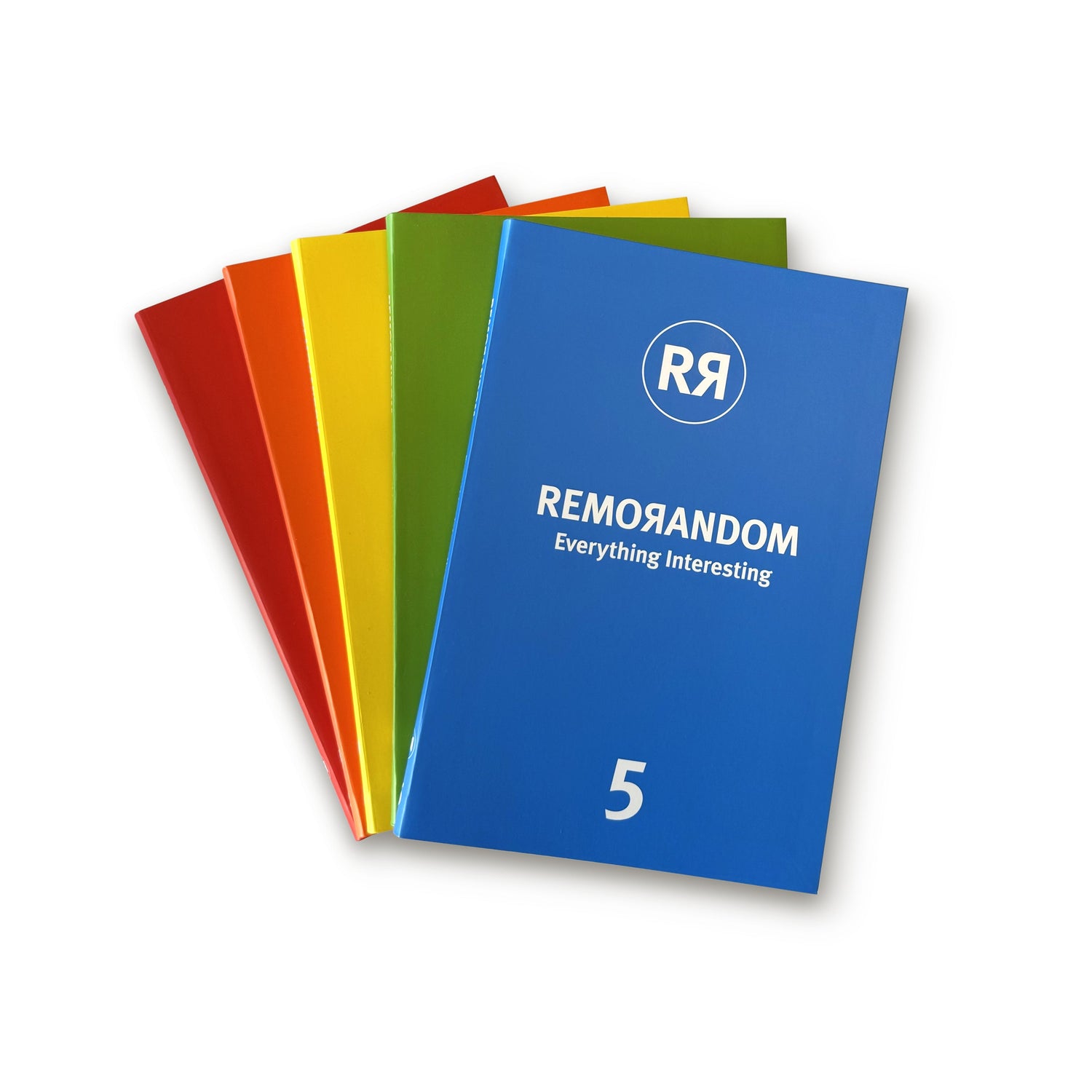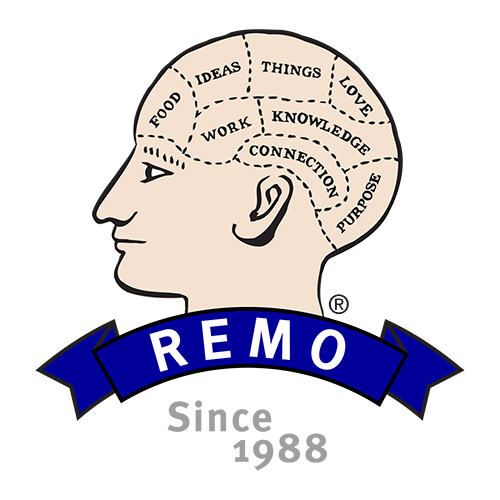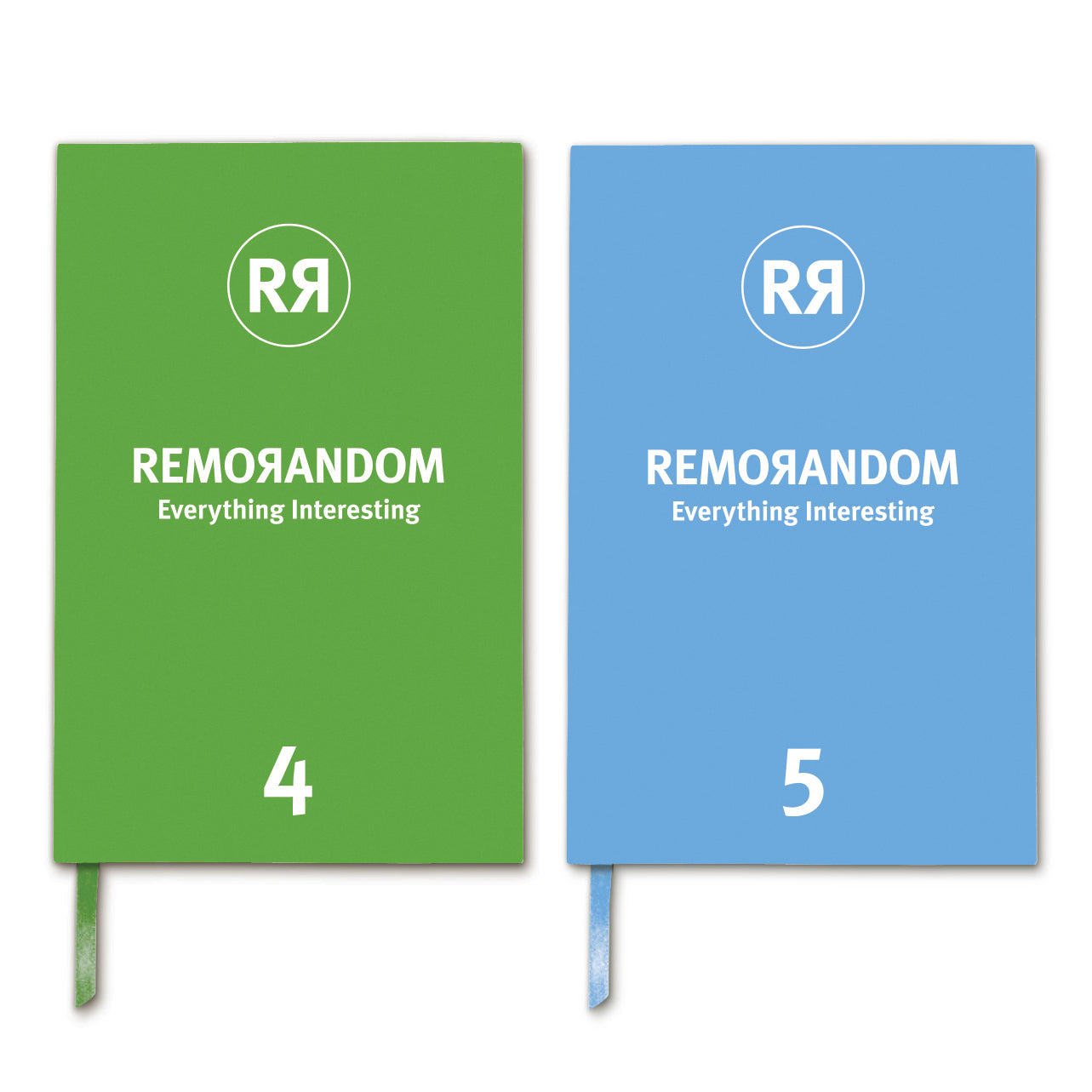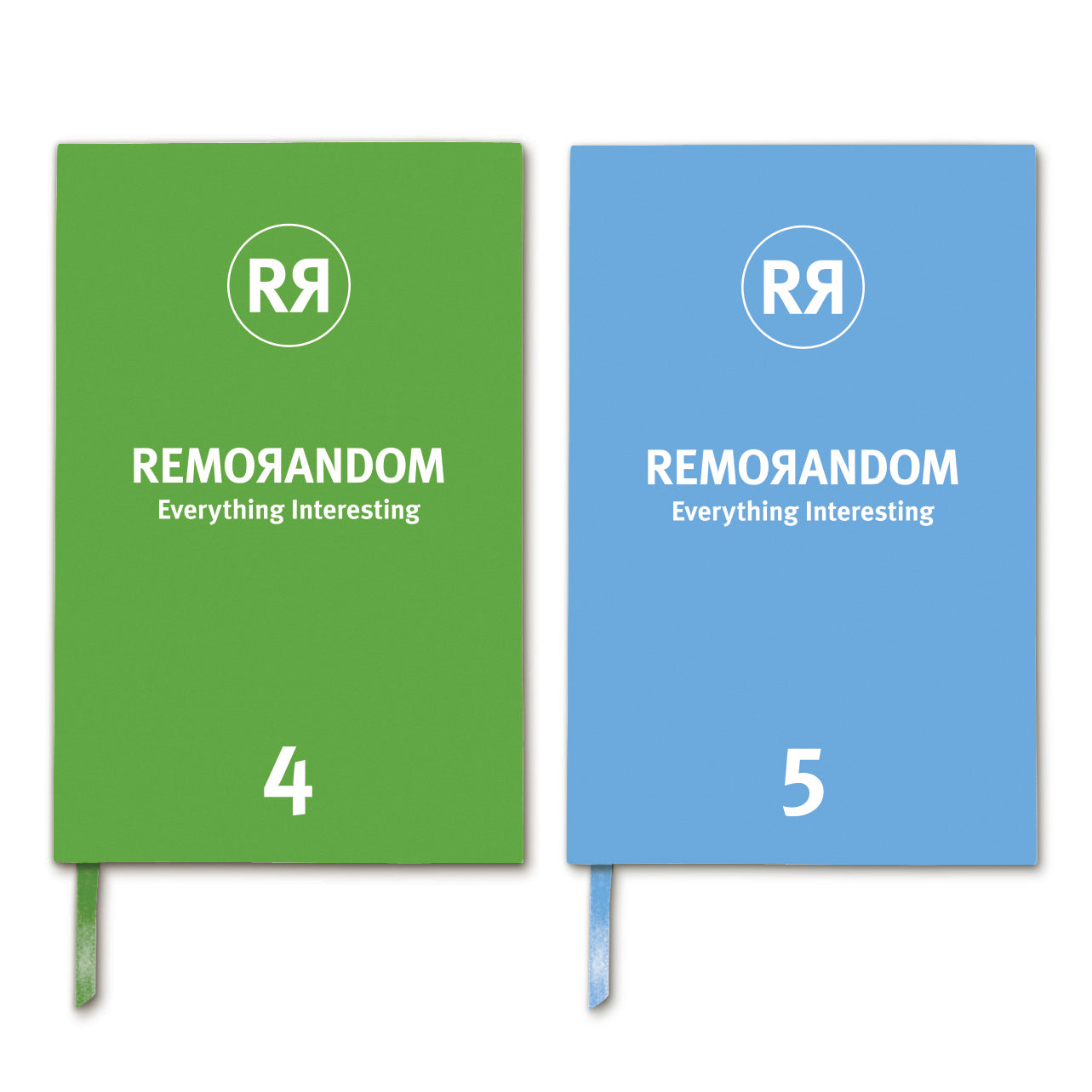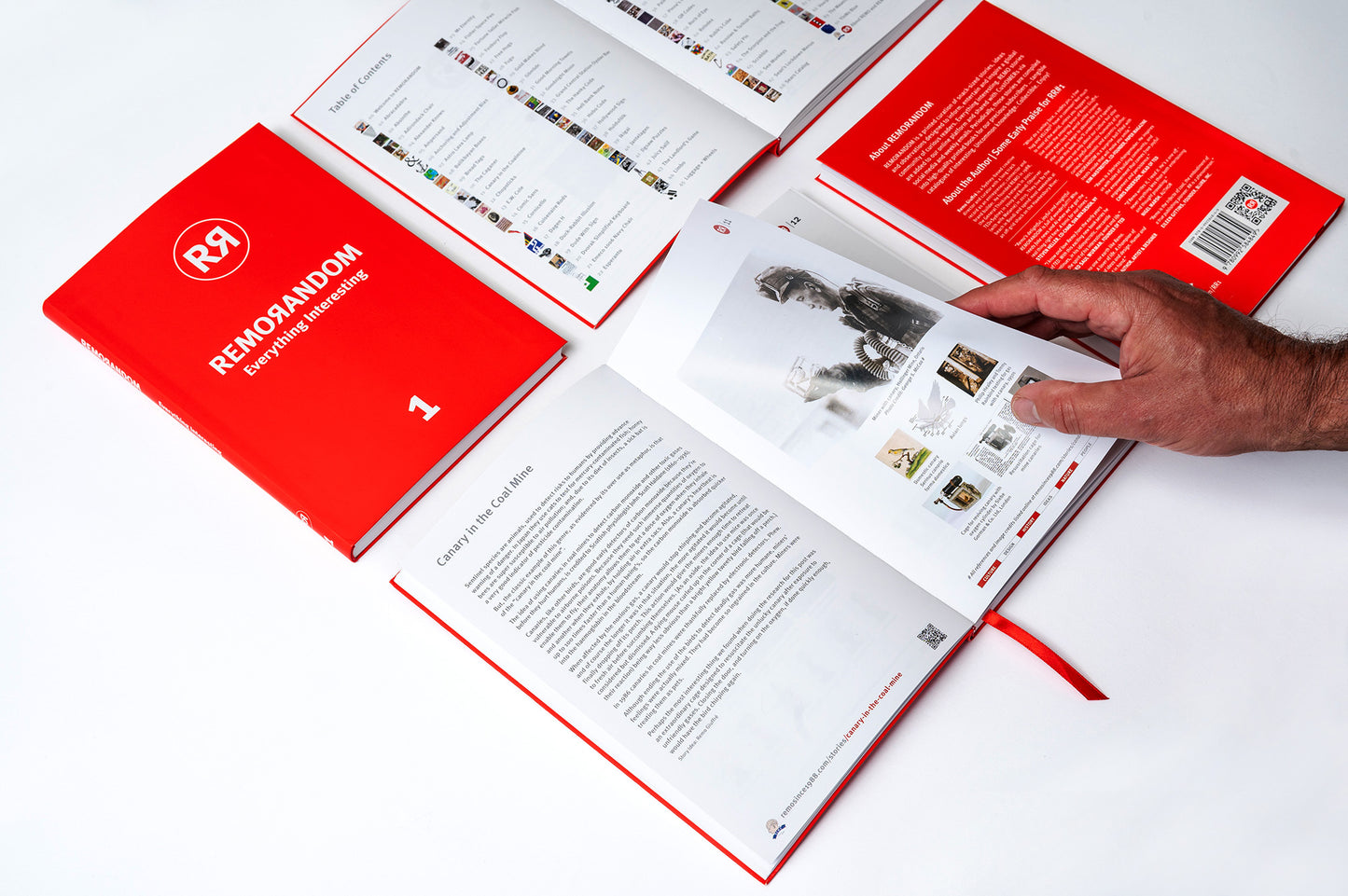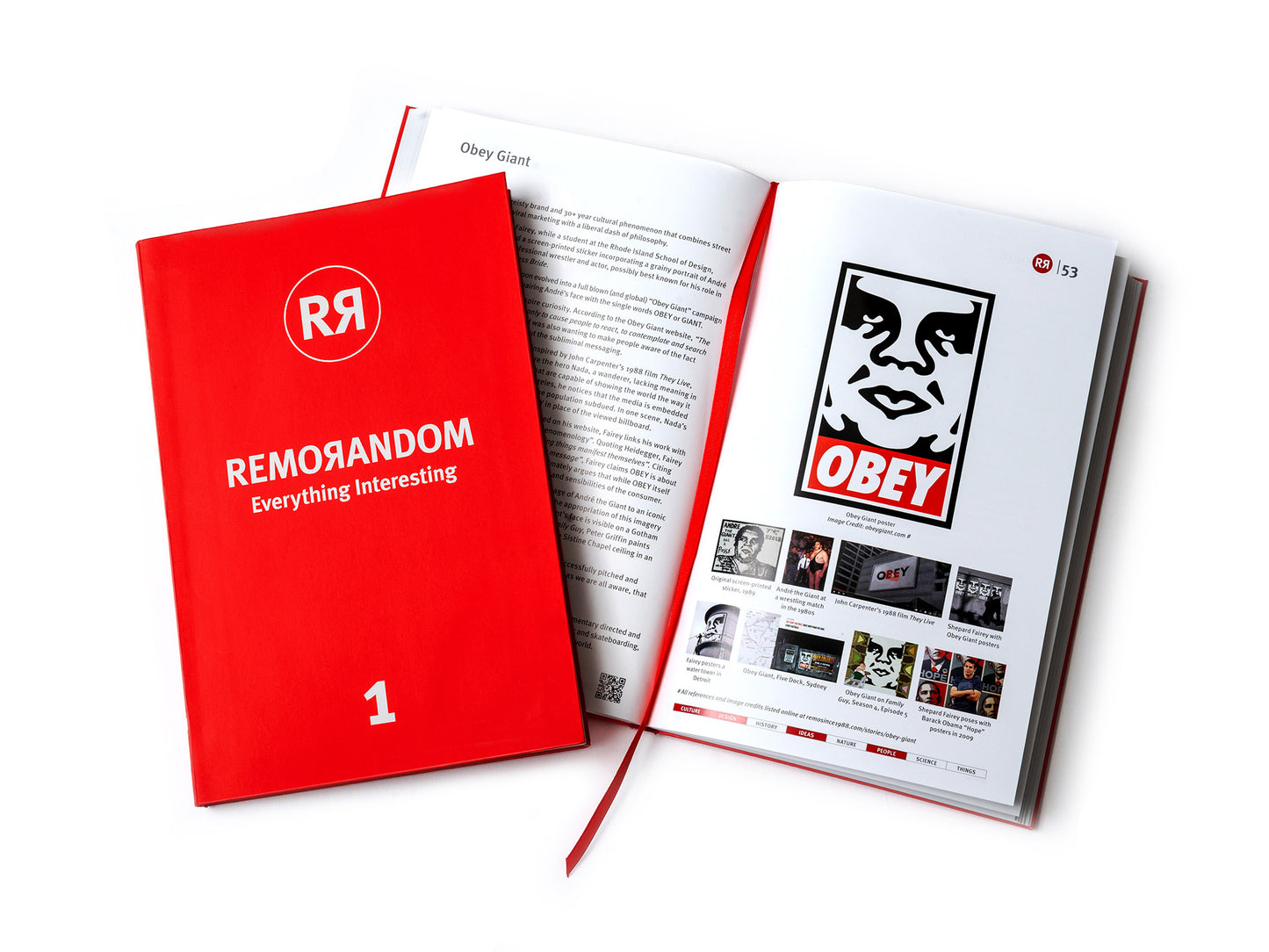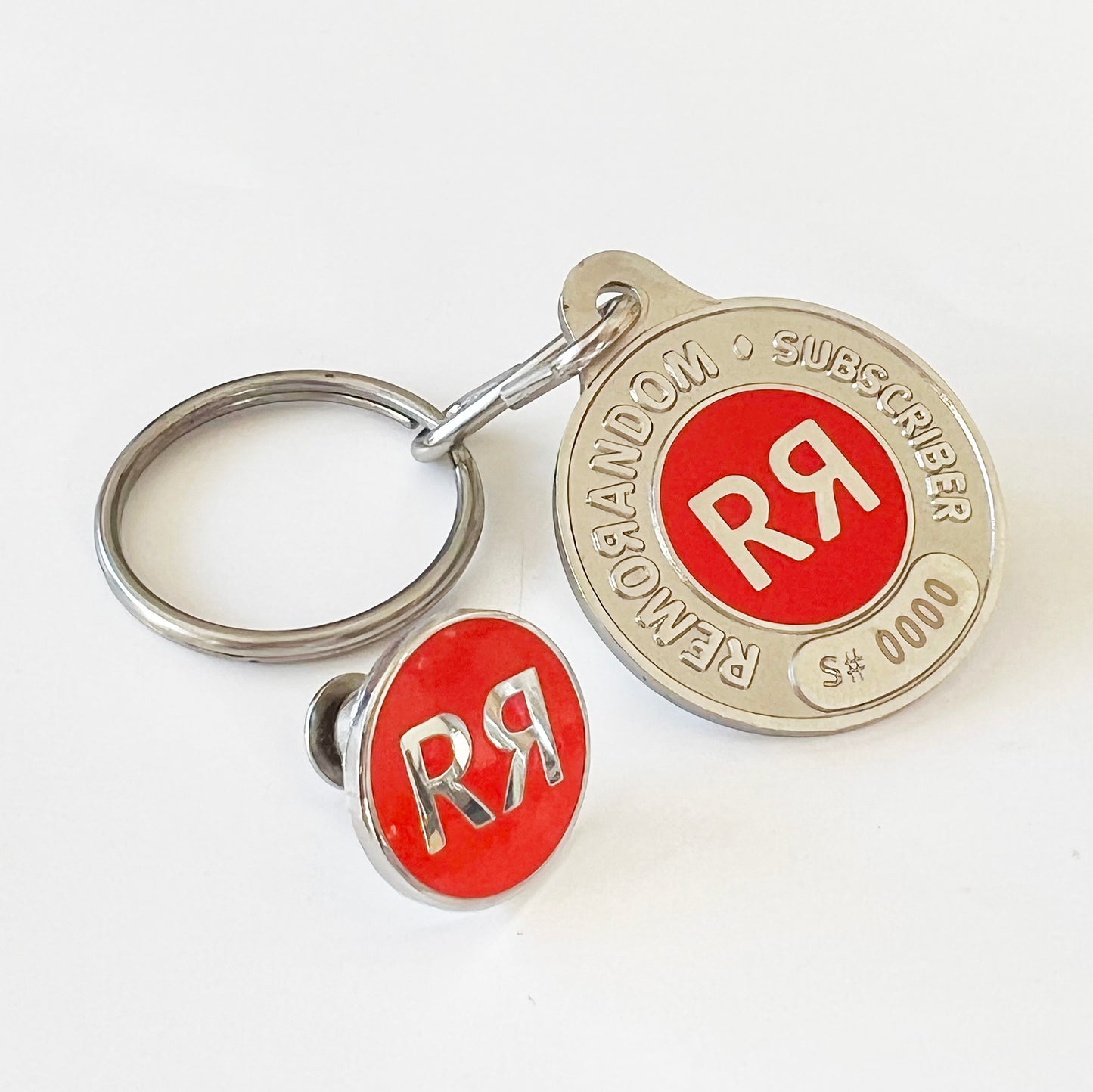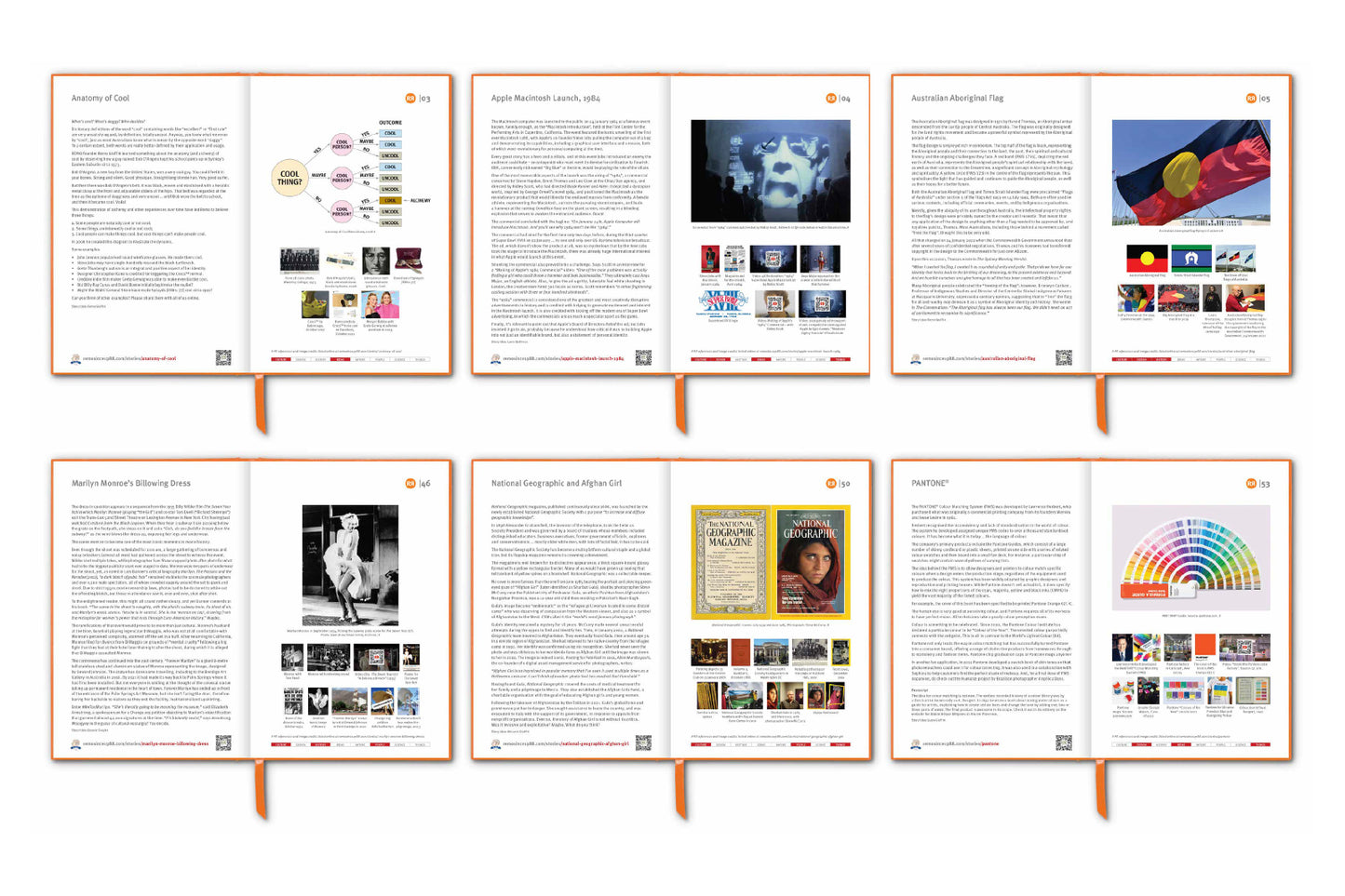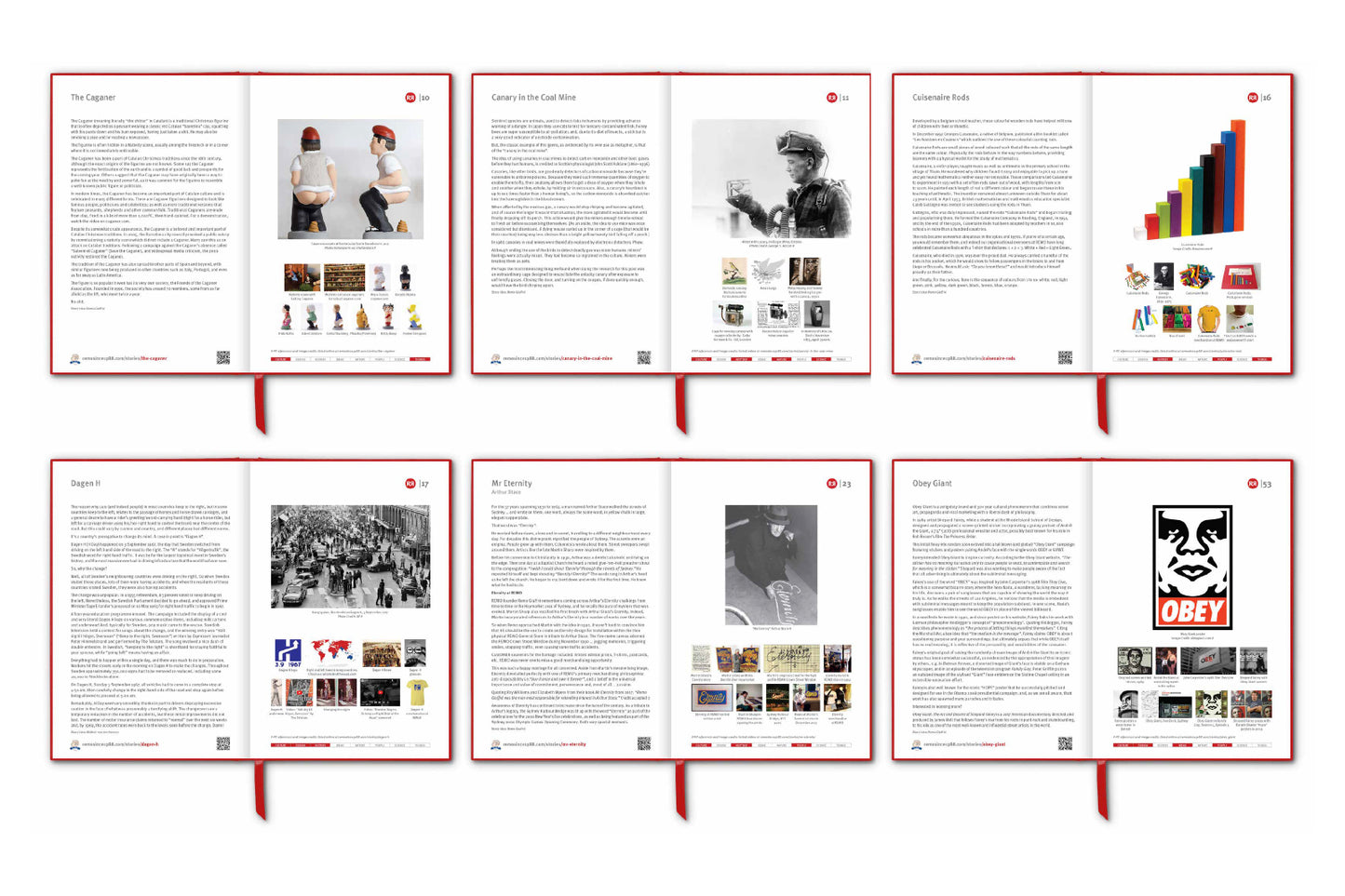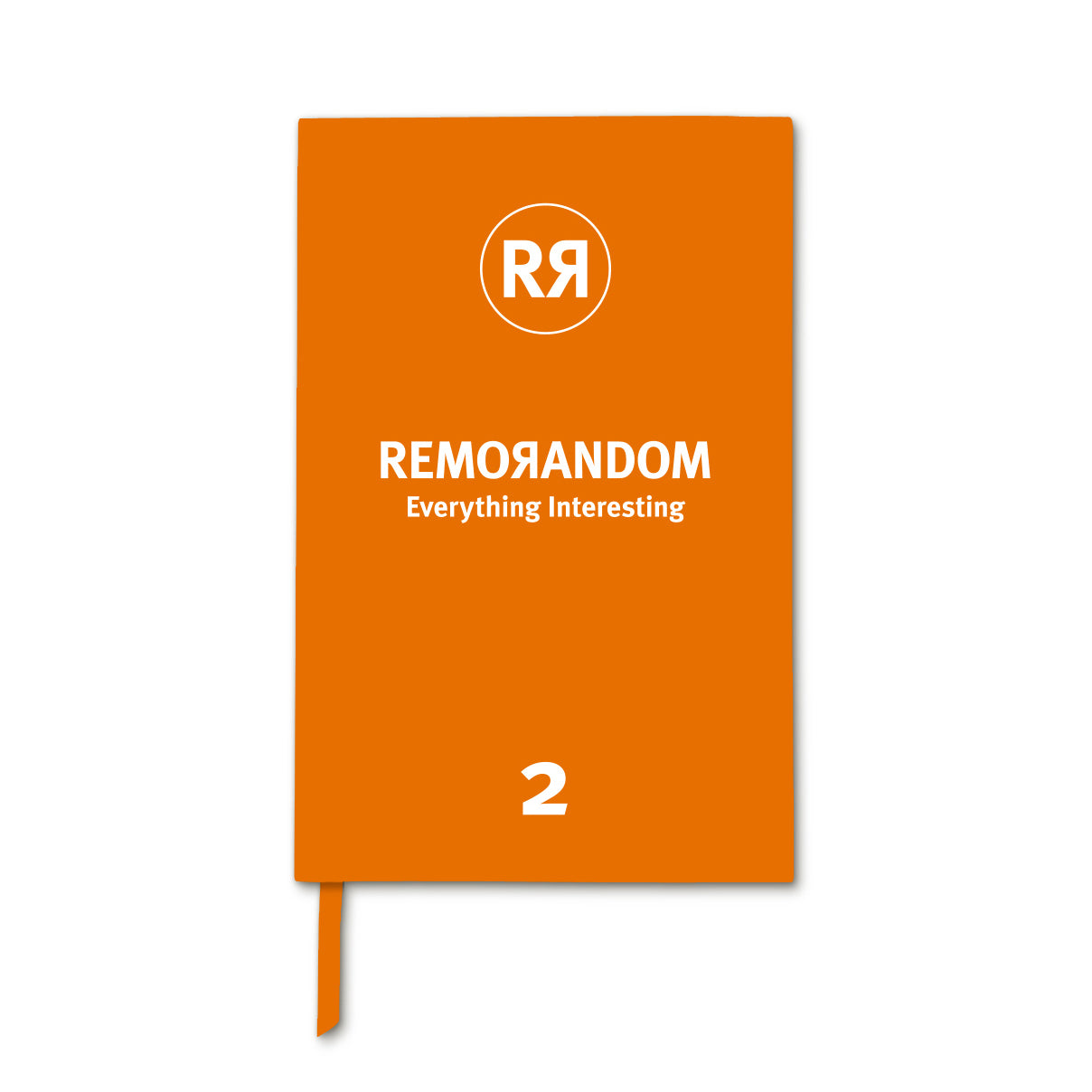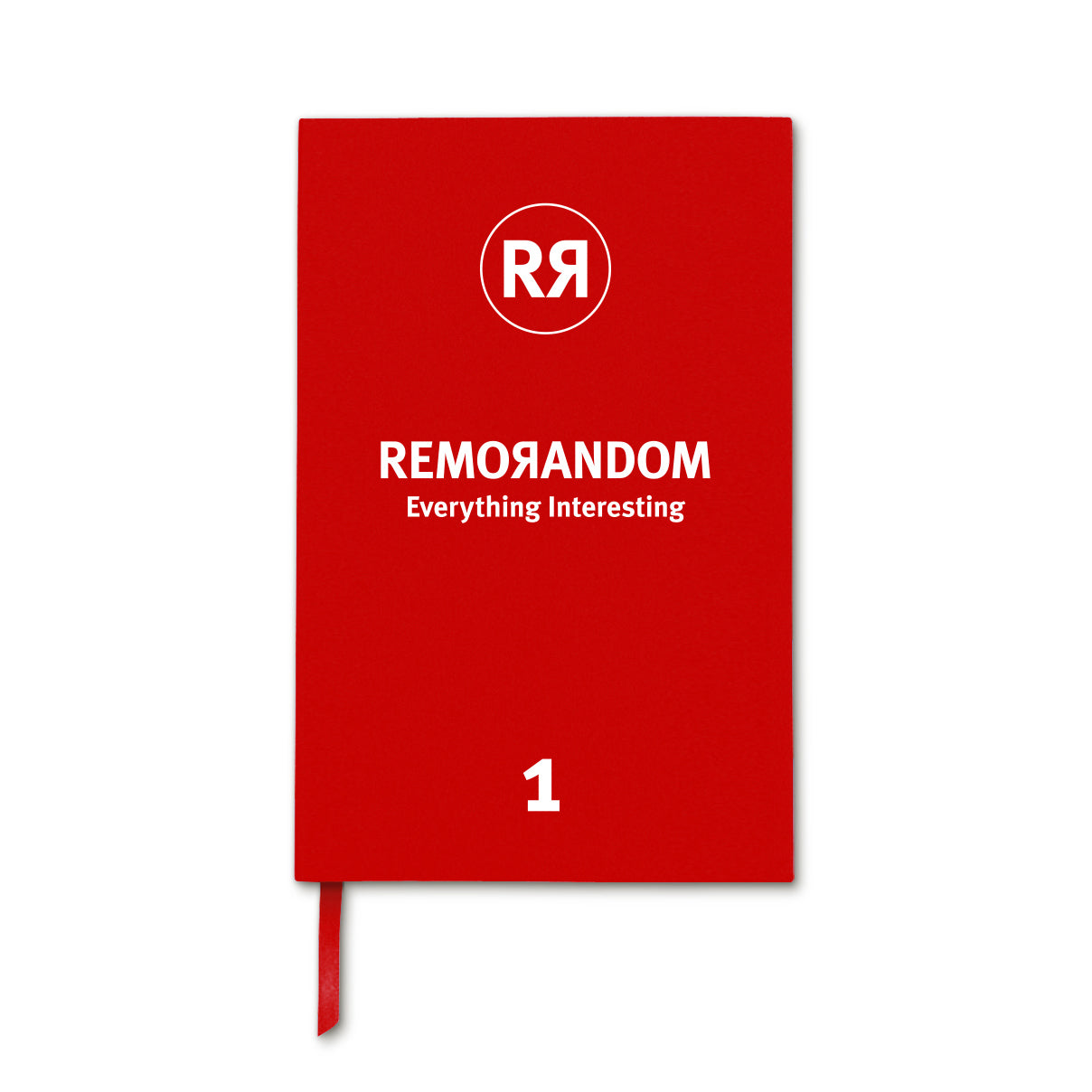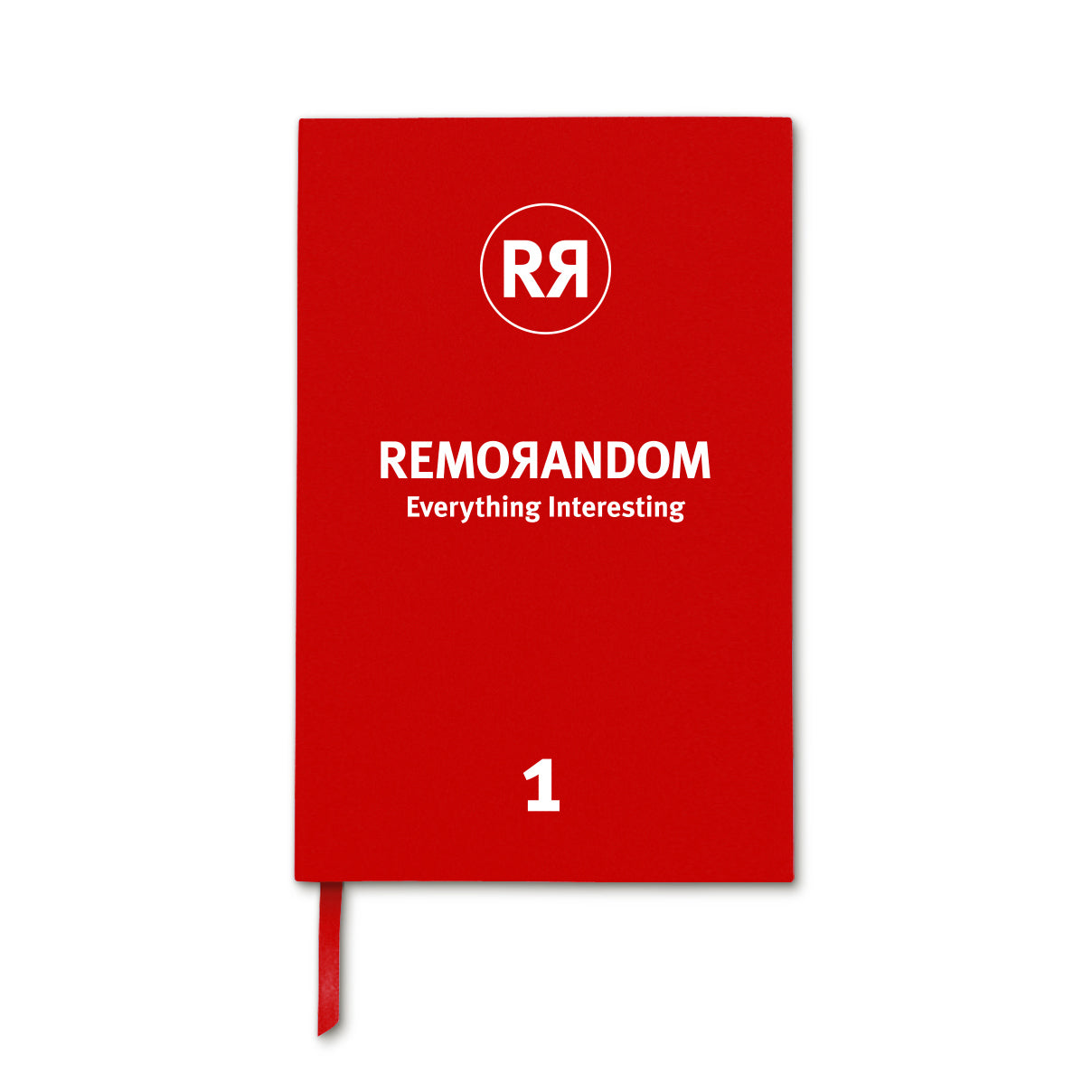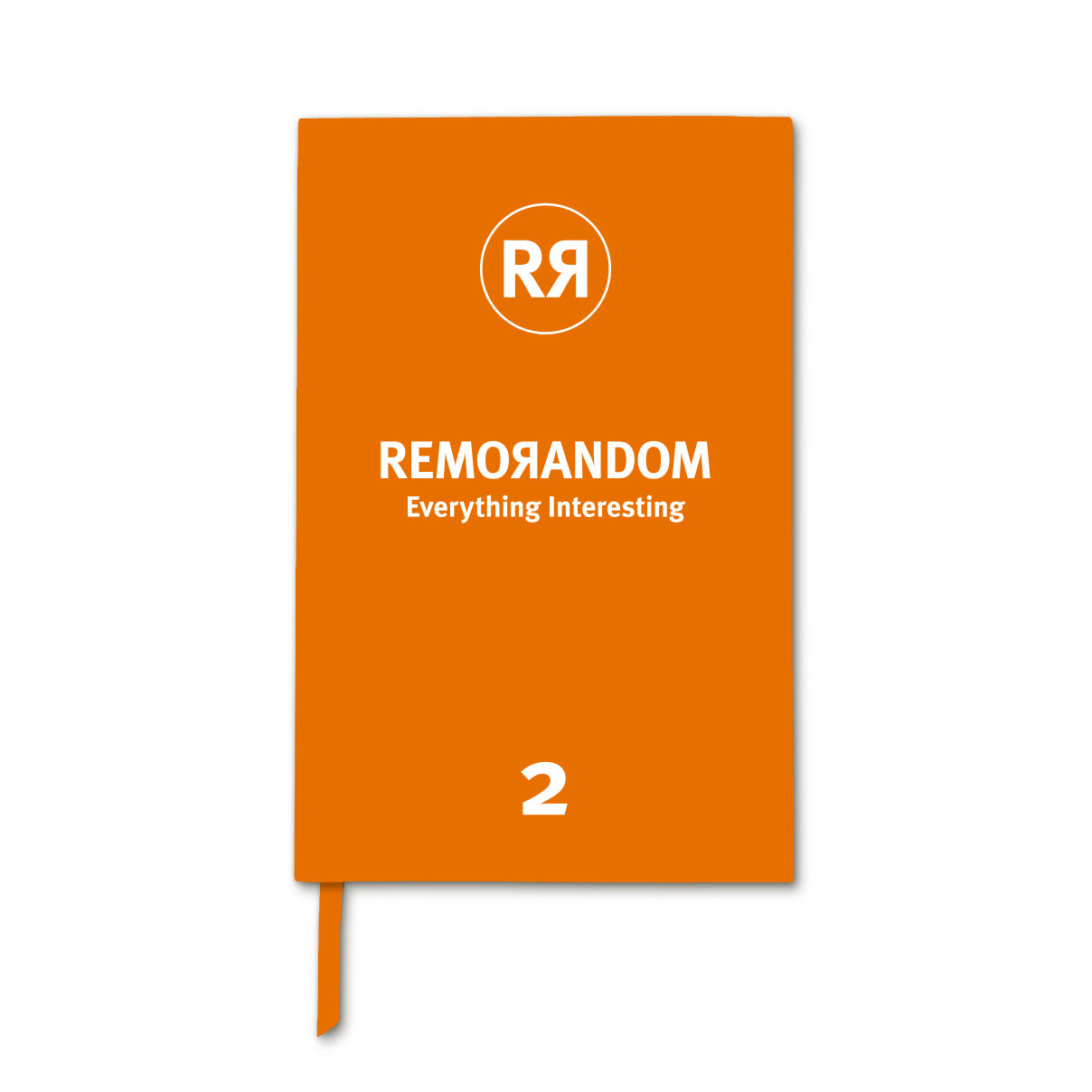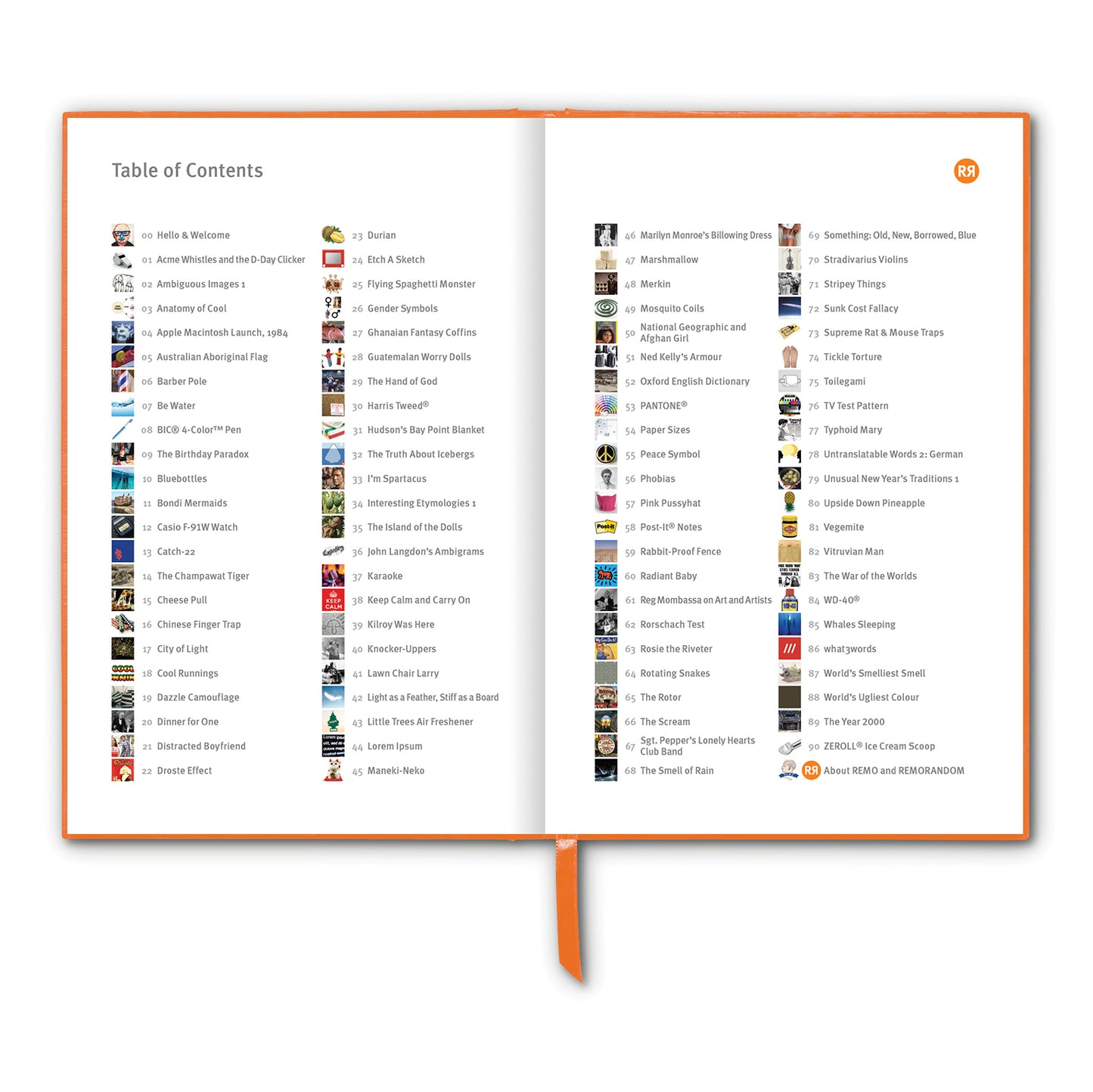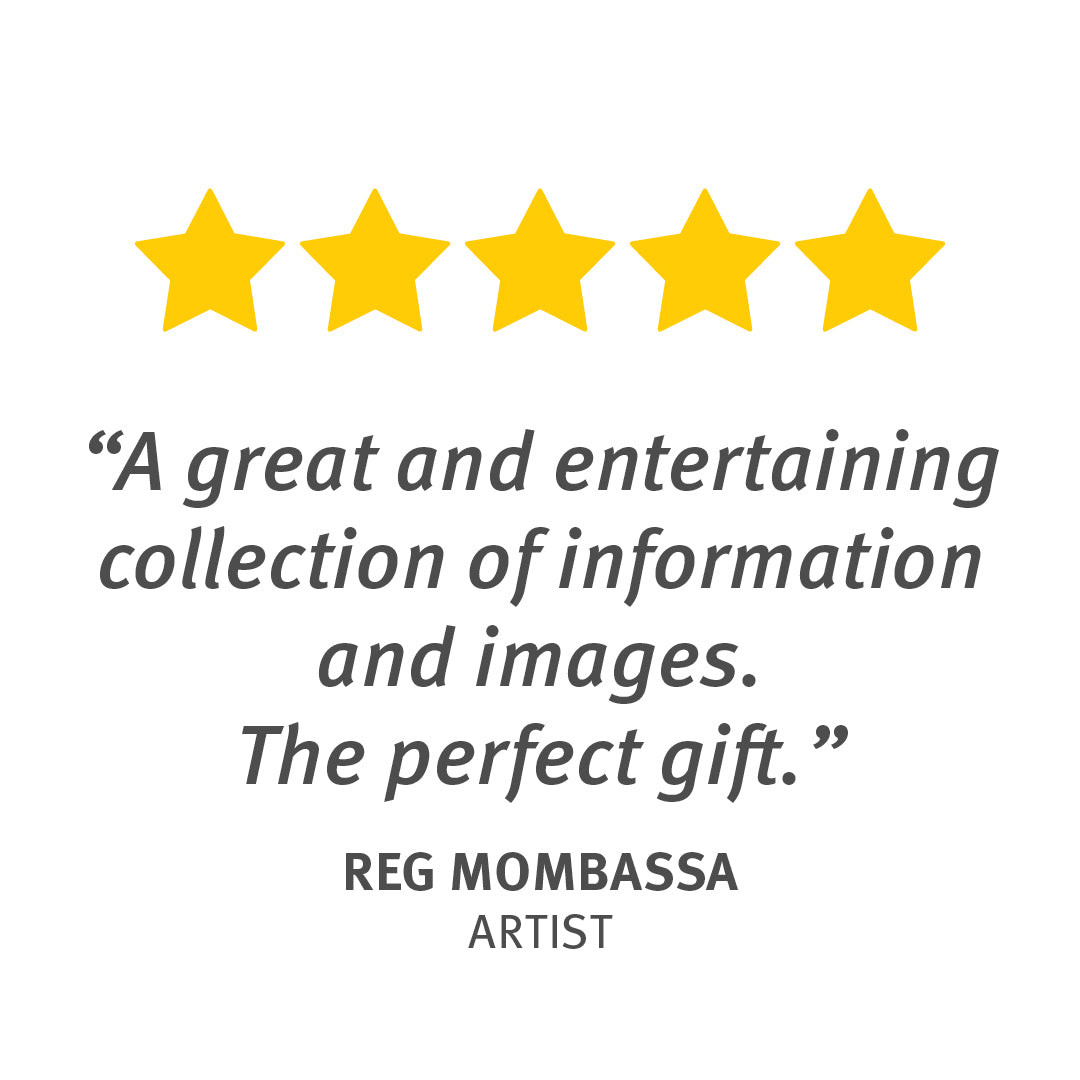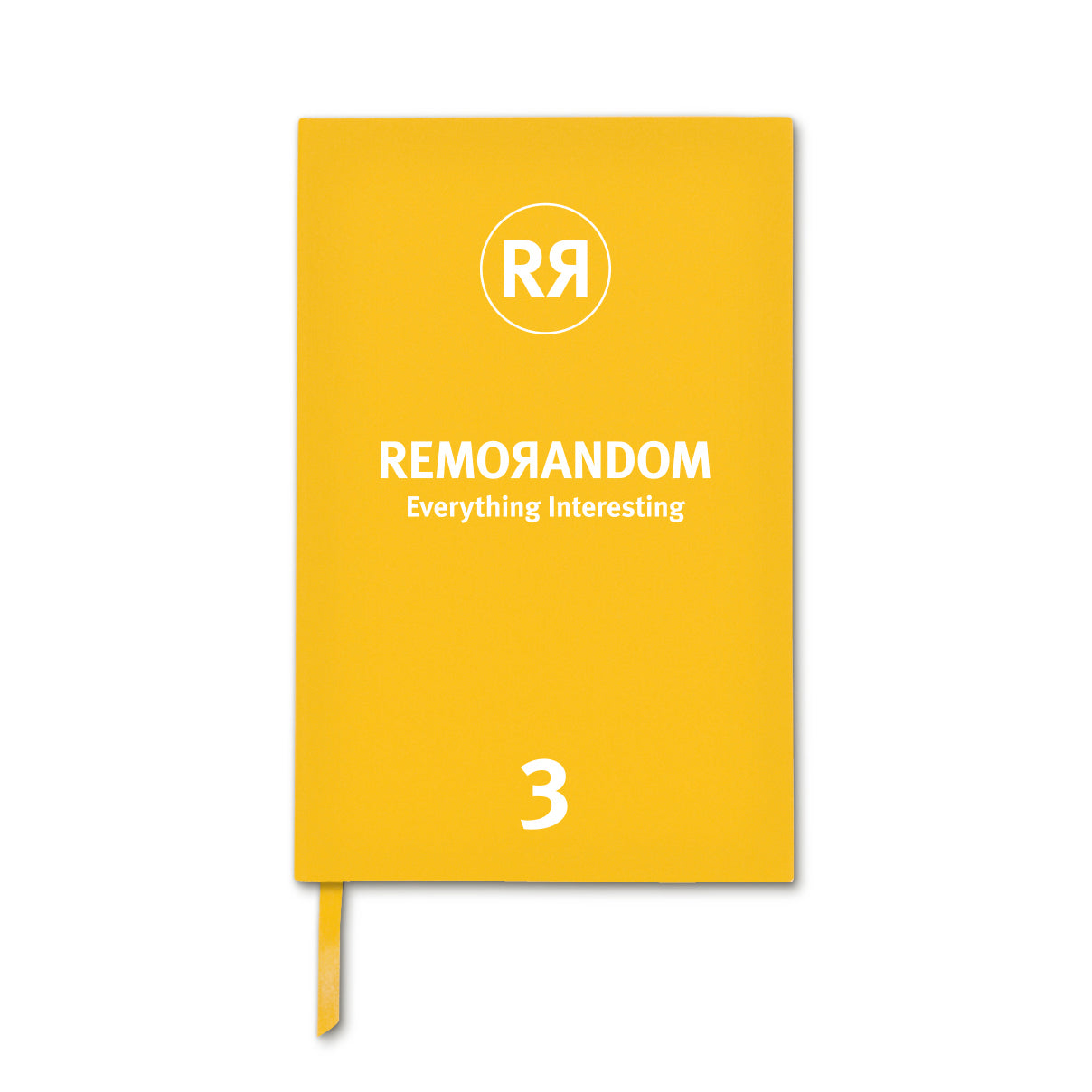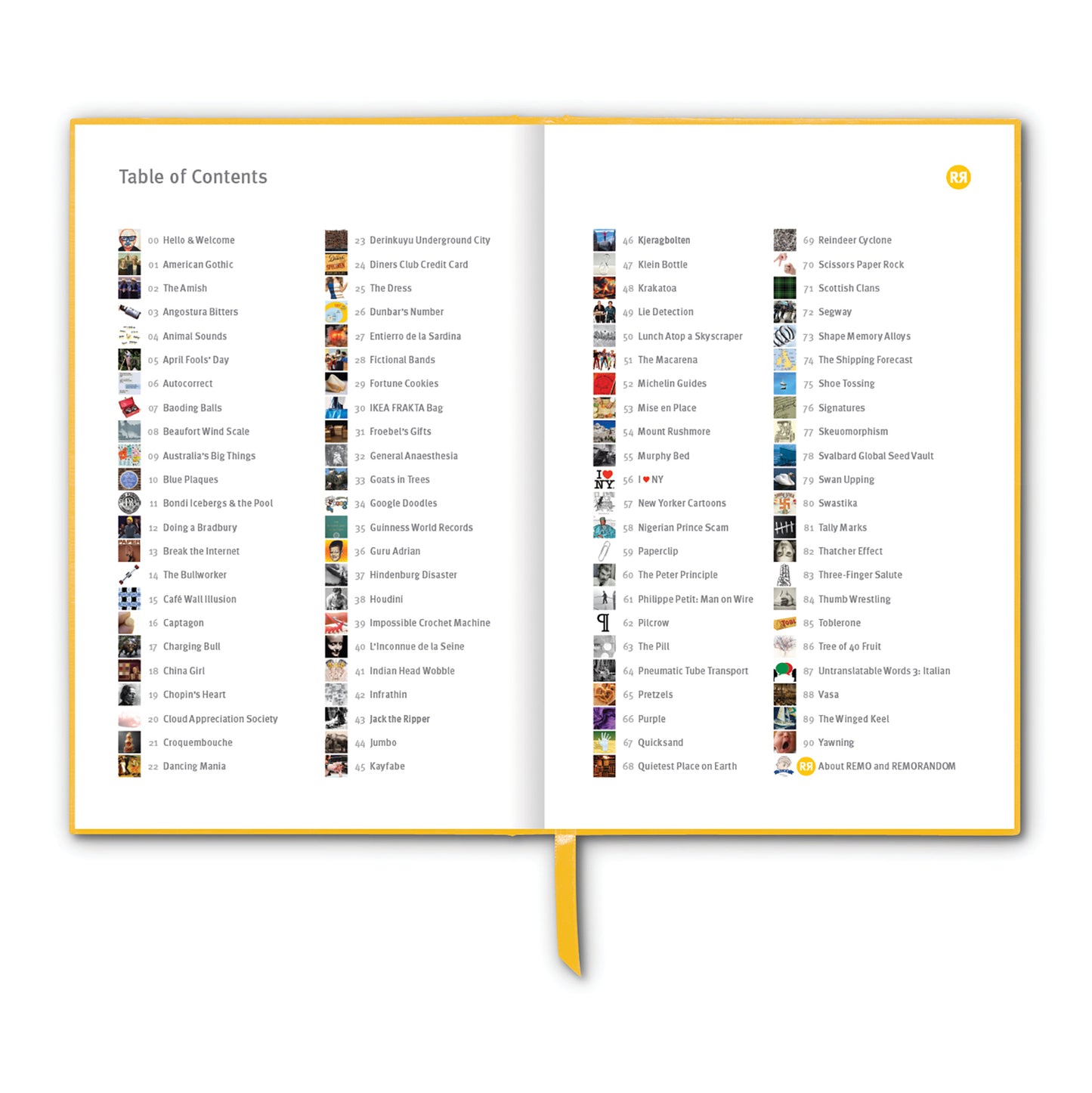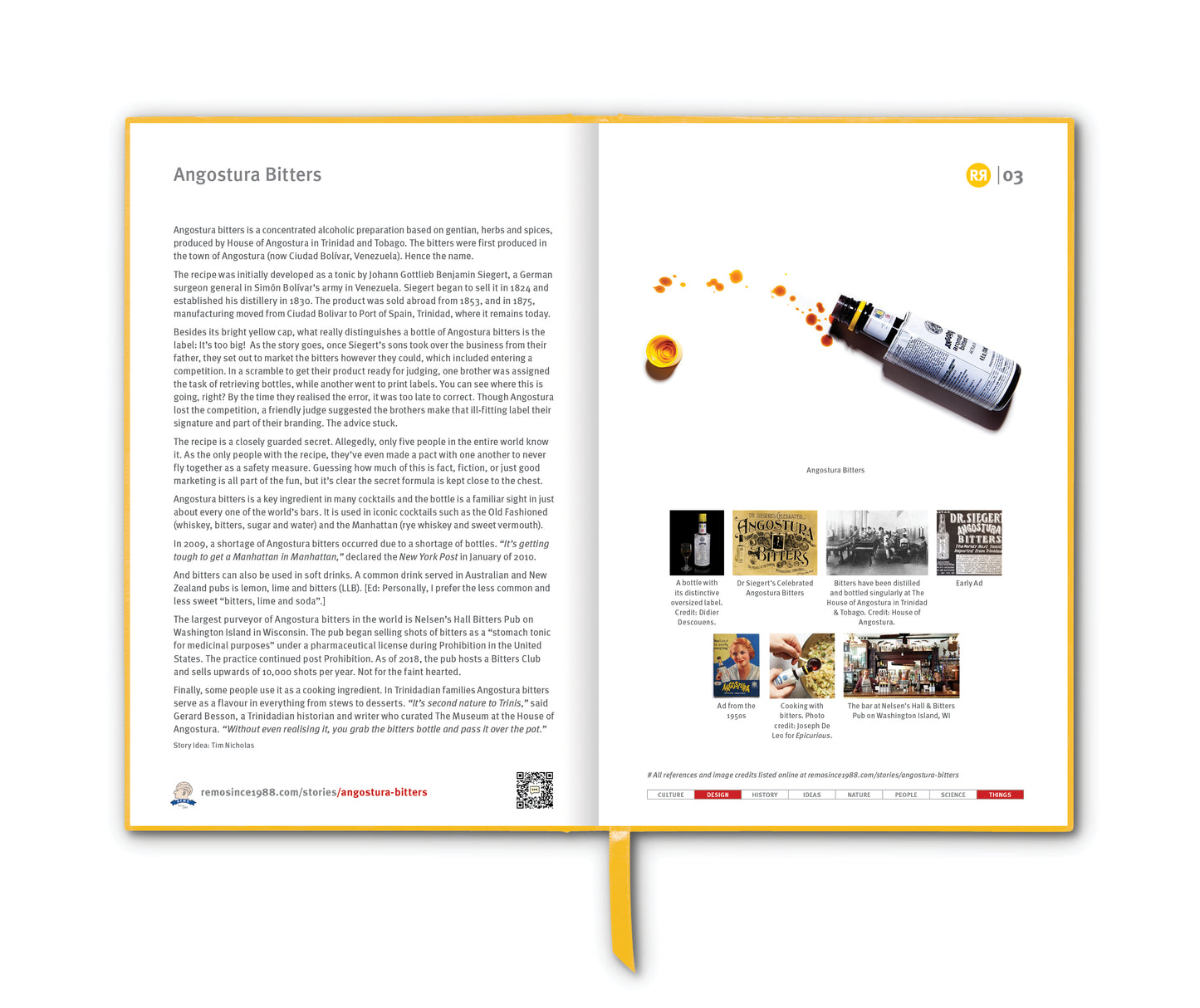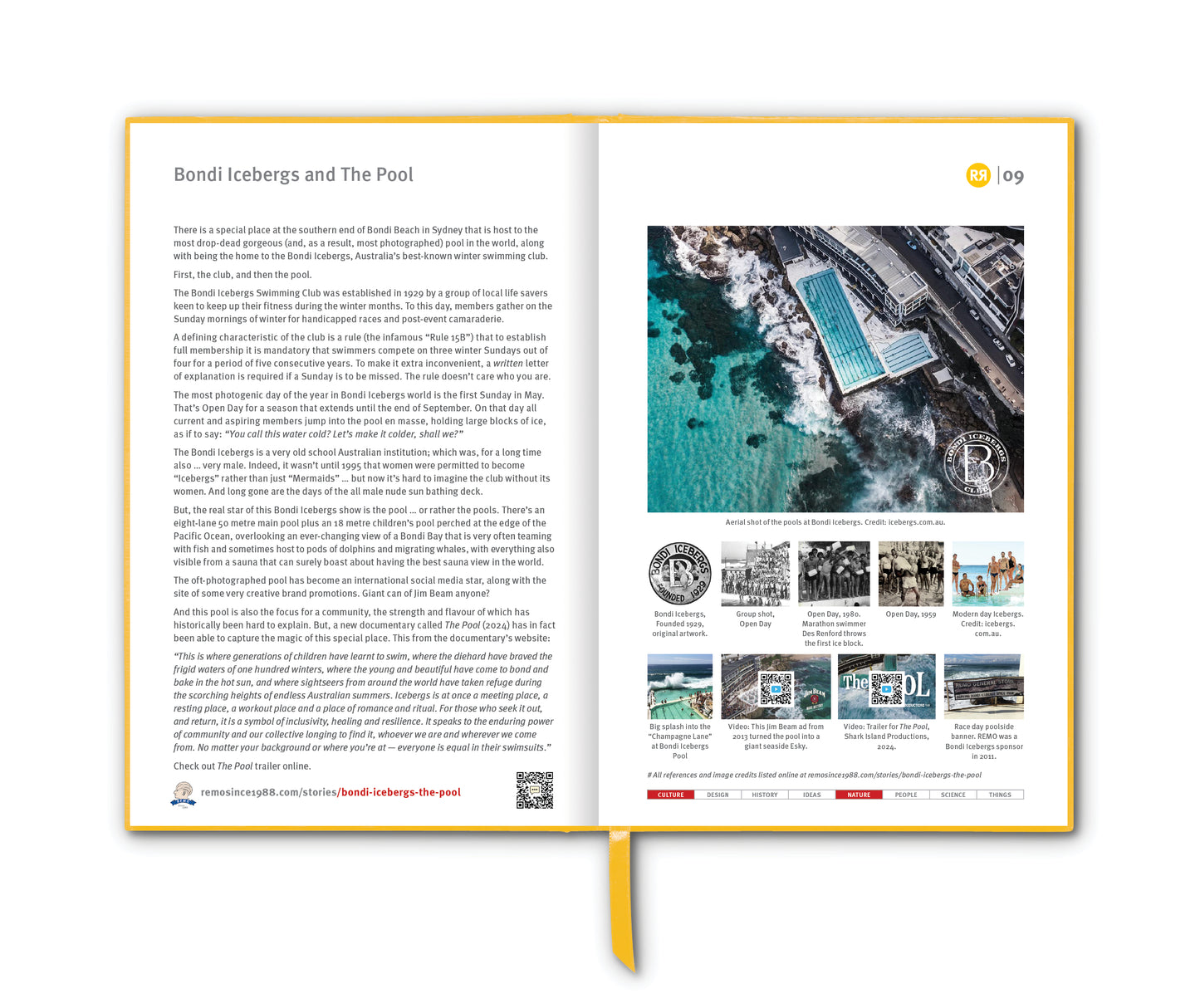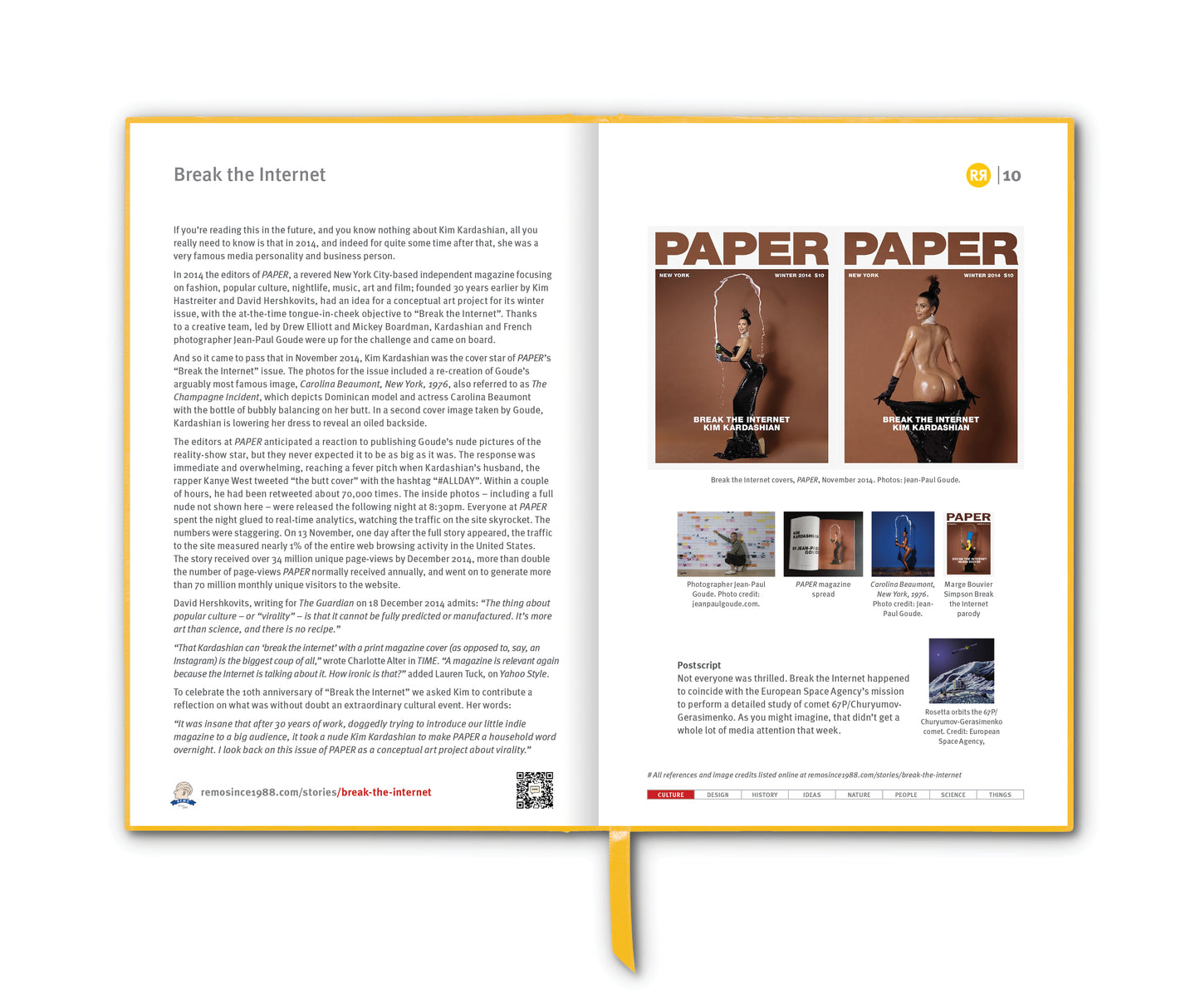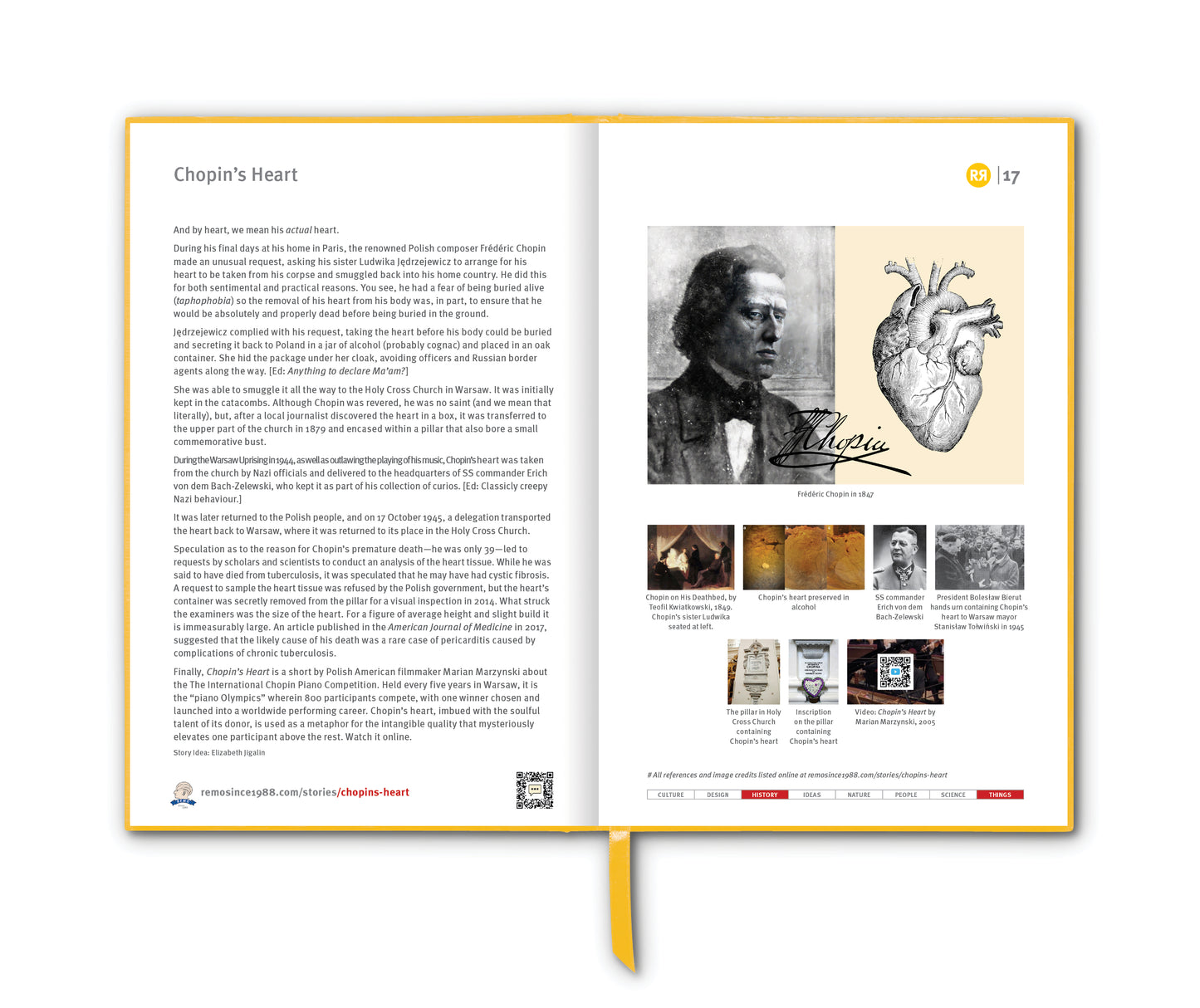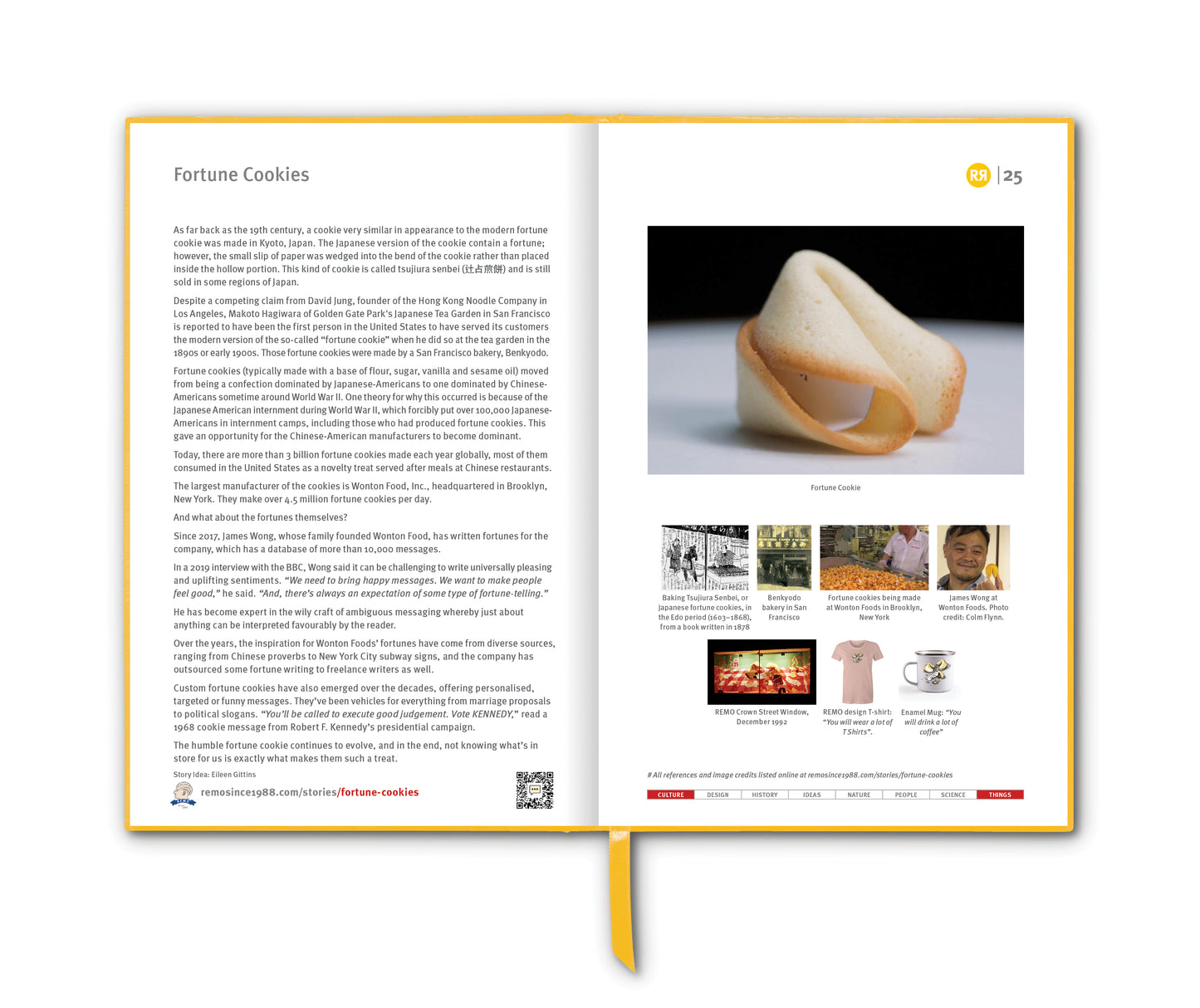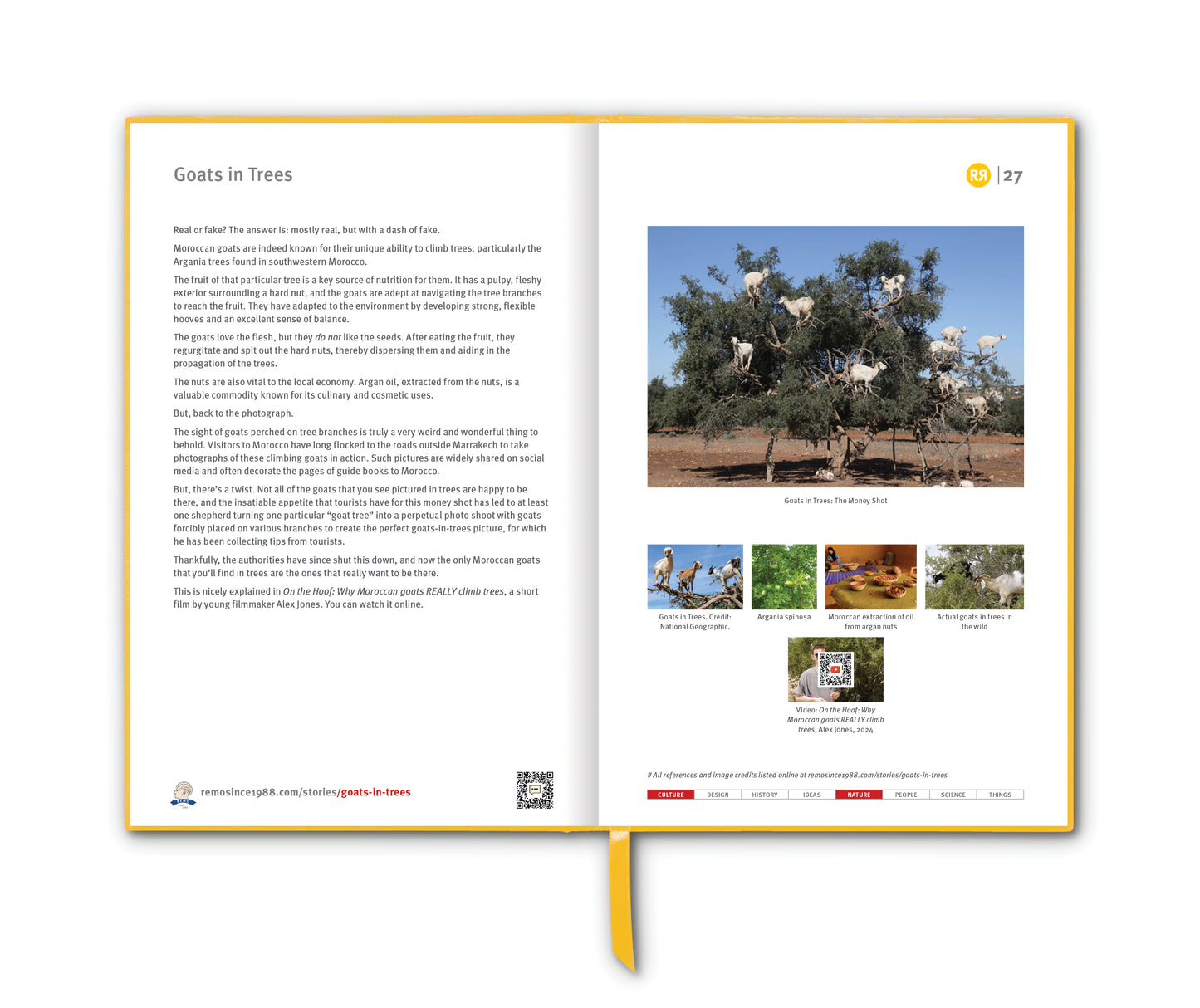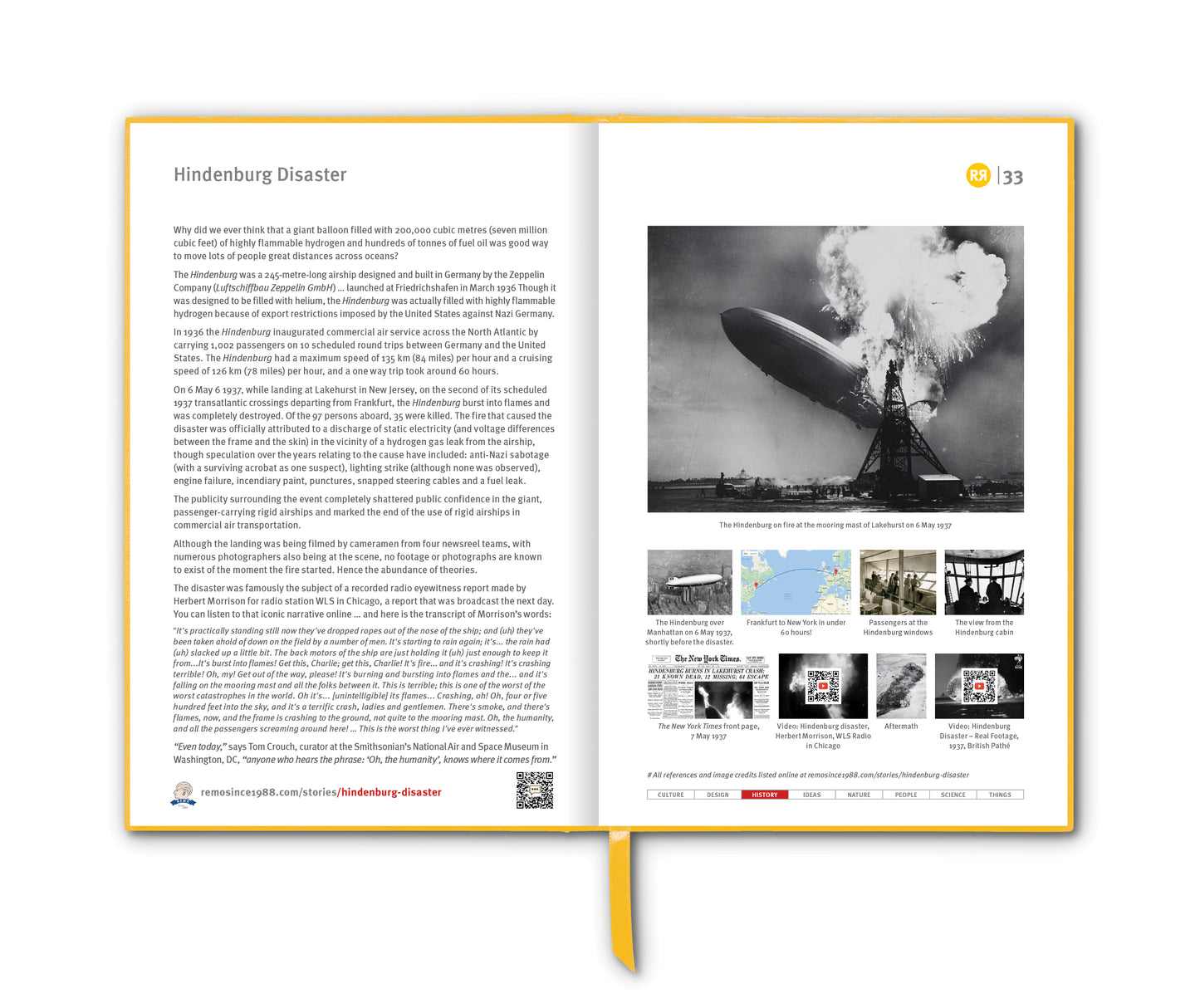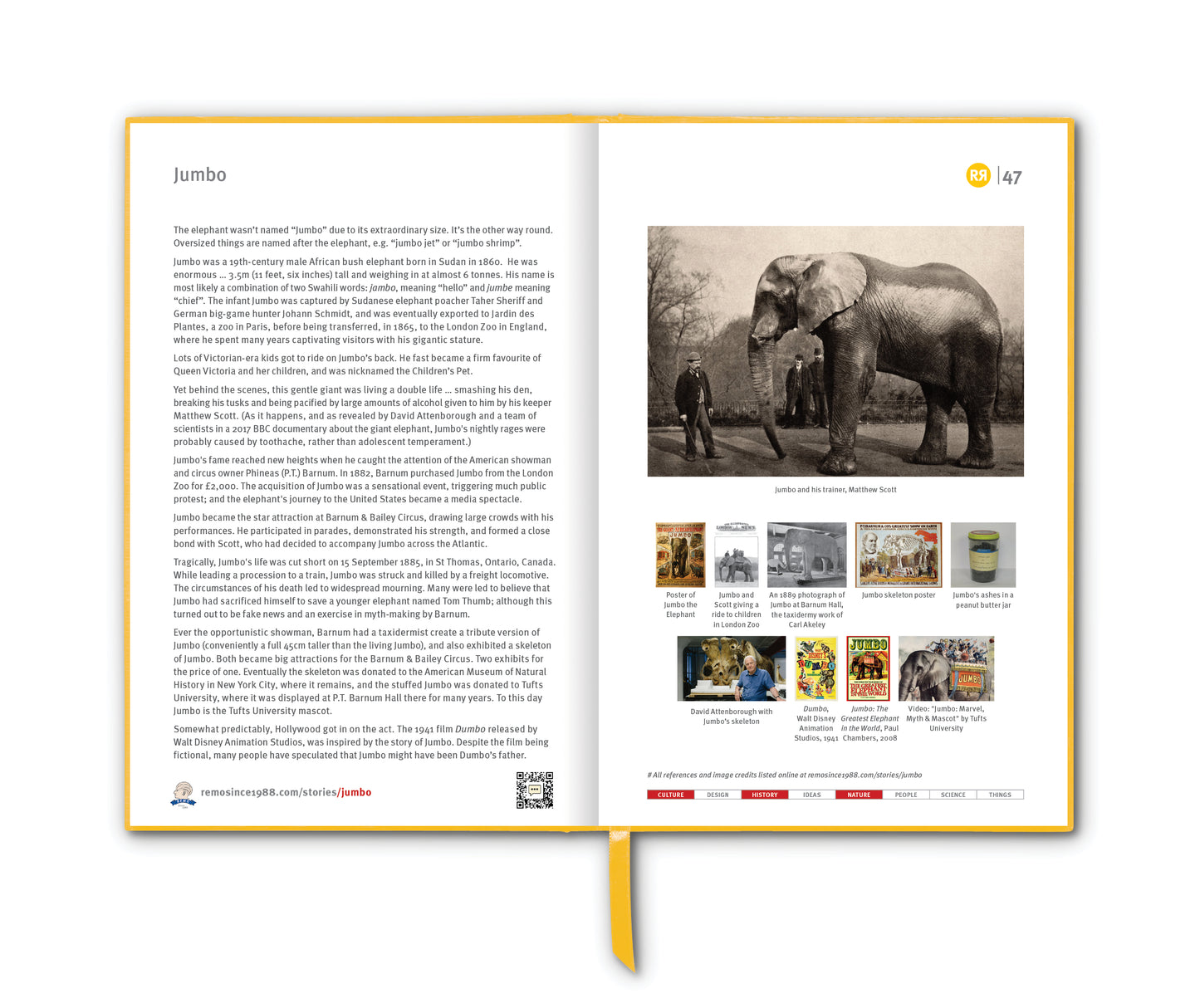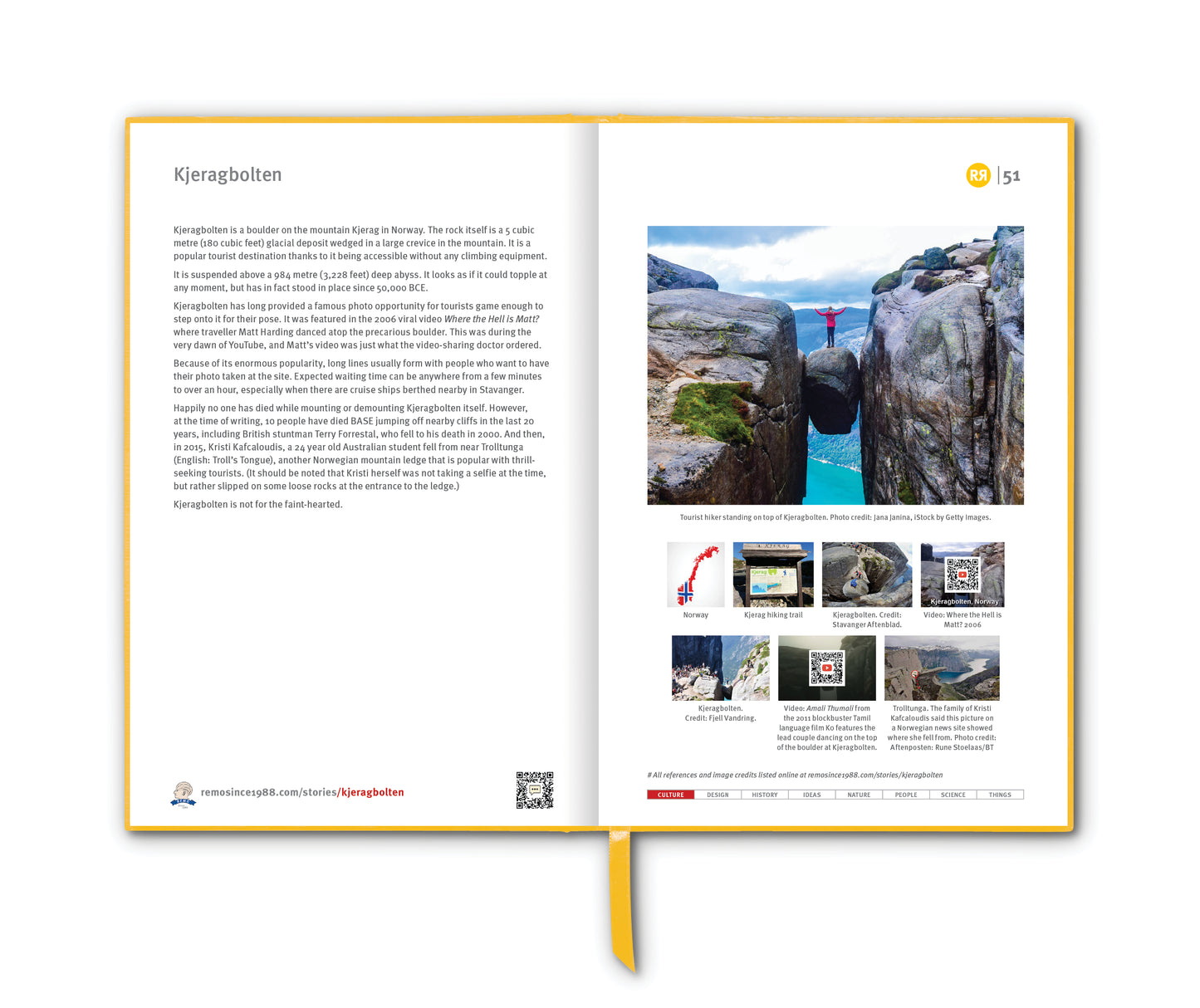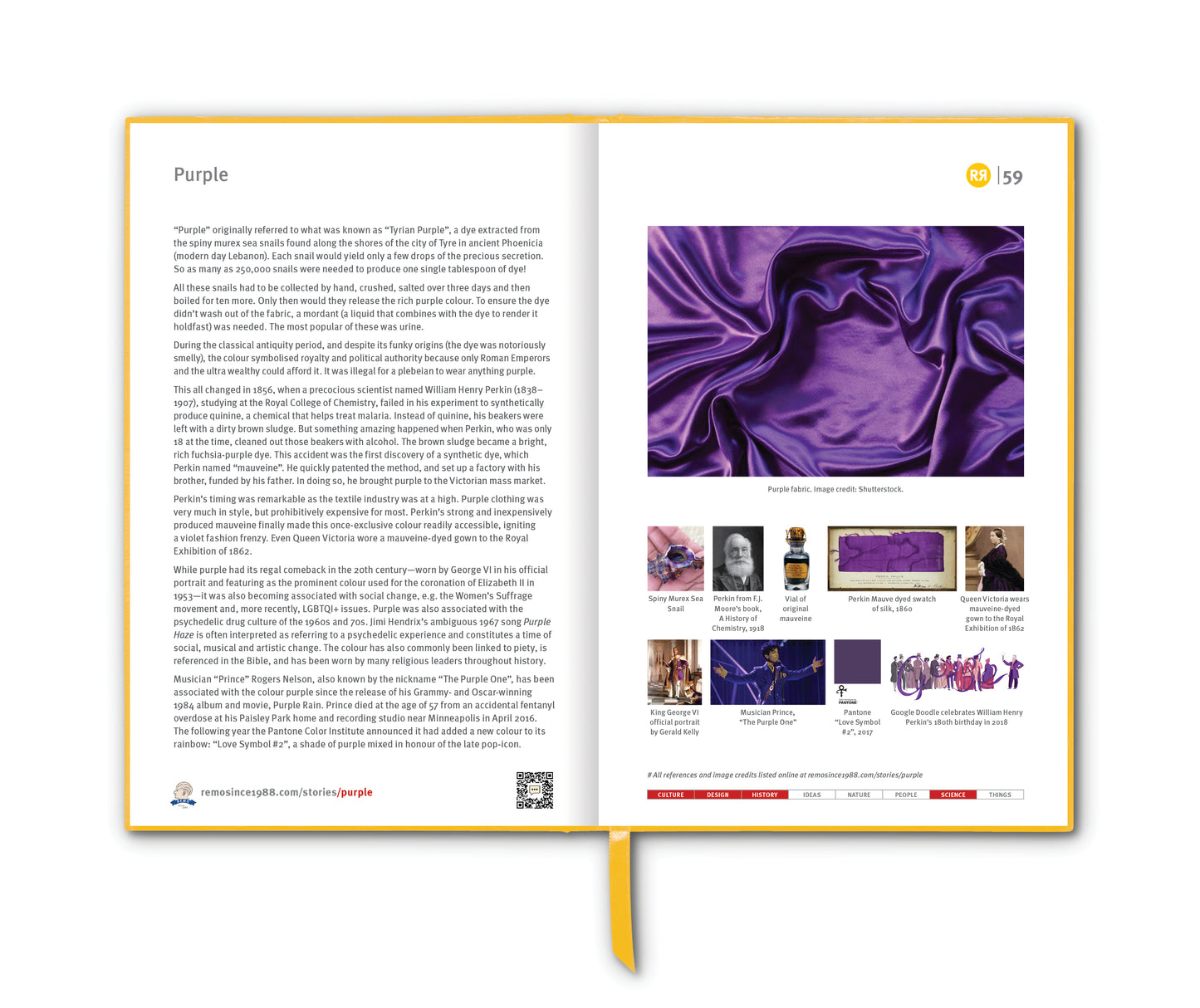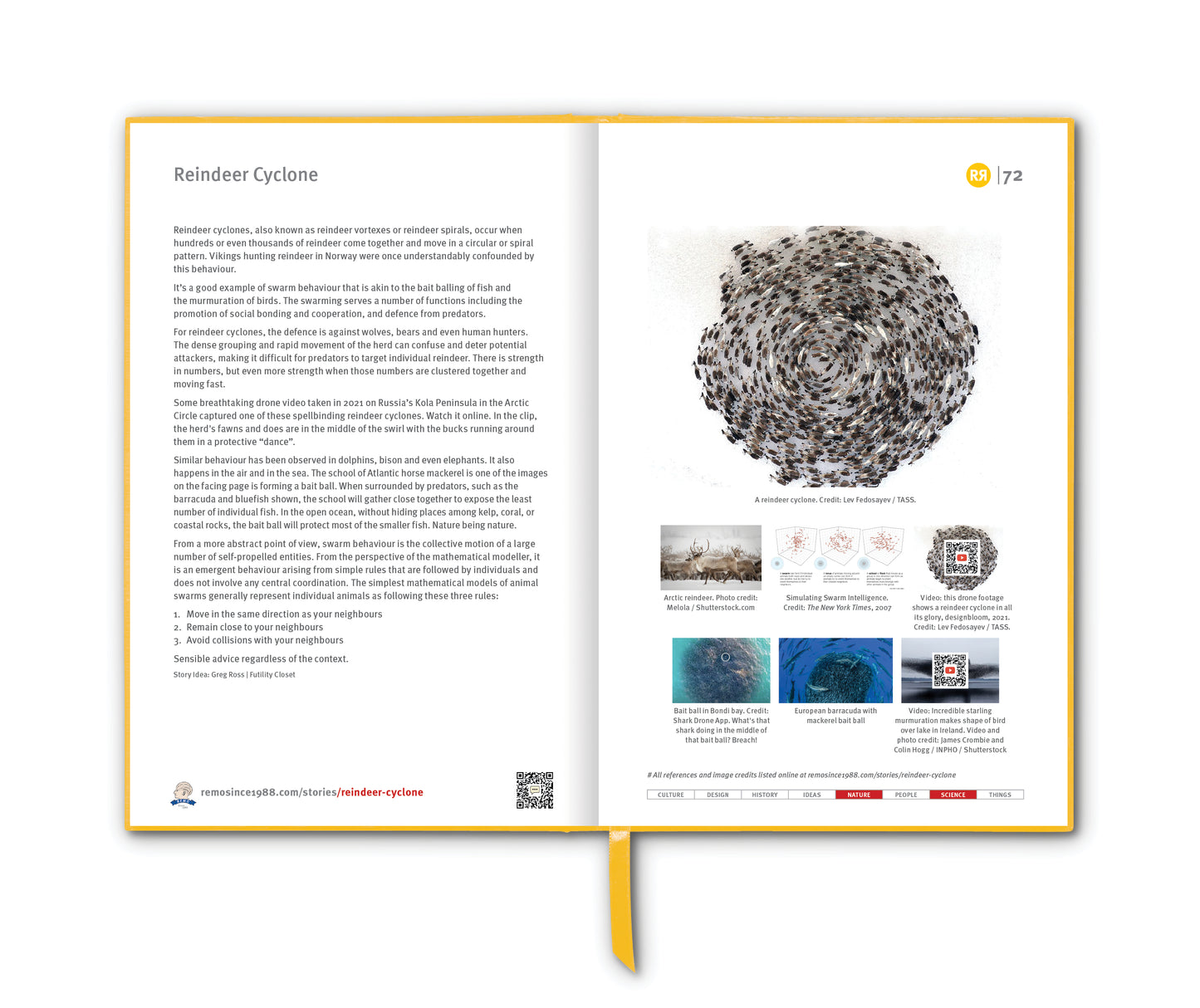This one is shamelessly nostalgic. Don’t the book covers look great?
How and Why Wonder Books were a beloved series of educational children's books published in the 1960s and 1970s that were designed to teach science and history to children and young teenagers. The series launched in 1960 and was edited under the supervision of Paul E. Blackwood of the Office of Education at the US Department of Health, Education and Welfare. The series was published by Wonder Books, Inc., a division of Grosset & Dunlap.
There were 74 unique titles in the series, each one starting with the phrase The How and Why Wonder Book of … as a key component of the book's name. All 74 volumes were published in a softcover format, with pages measuring 8.5 × 11 inches (21.6 × 27.9 cm) in size. A number of the titles were also produced in hardcover versions; these being referred to as either the “Trade Editions” or the “Library Editions”. Each How and Why Wonder Book uniformly contained a total of 48 pages, with the only exception being The Environment and You, which contained 64 pages.
The softcover books were numbered consecutively in series starting at 5001, and each book would include a listing of the cumulative series on its back cover.
When publication of the How and Why Wonder Book series first commenced in 1960, only the initial six titles were produced. In chronological order they were: DINOSAURS, WEATHER, ELECTRICITY, ROCKS AND MINERALS, ROCKETS AND MISSILES and STARS.
As time went by, and as the series proved to be highly successful, more new titles were added to expand its scope: 6 more in 1960, 12 each year for the following three years, 6 more in 1964, 6 more in 1965 … then a break followed by 9 in 1969 and 5 more in the early 1970s ending with FOSSILS as 5076.
During the 1960s and 1970s, the How and Why Wonder Book series was concurrently published in the United Kingdom by Transworld Publishers of London.
The books were popular and impactful. Young readers appreciated how the books explained complex topics in simple language that was easy to understand. Many remember the books as their first introduction to scientific or historical topics that would otherwise seem too difficult. The conversational and question-based style helped readers feel like they were exploring the topics alongside the authors.
The vibrant illustrations were a significant draw for young readers, as they often brought abstract concepts to life. Whether it was the layers of the earth, planets in the solar system, or ancient civilisations, the artwork captivated readers and encouraged a love for learning. The breadth of topics meant that there was a How and Why Wonder Book for nearly every interest, from dinosaurs and the human body to space travel and famous historical figures.
The How and Why Wonder Books provided the young readers of the 1960s and 70s with an engaging and accessible way to learn about the world, making these books a formative experience for many.
Are you old enough to remember them?
Story Idea: Boris Hunt via Mark Mordue
________________________
References
wikipedia.org/wiki/How_and_Why_Wonder_Books
rocketroberts.com/how_and_why/how_and_why
collectorville.net/index.php/ct-menu-item-7
barbarastew-art.com/toys_how
Images
How and Why Wonder Books © Copyright Grosset & Dunlap
Headshot: Paul E Blackwood
